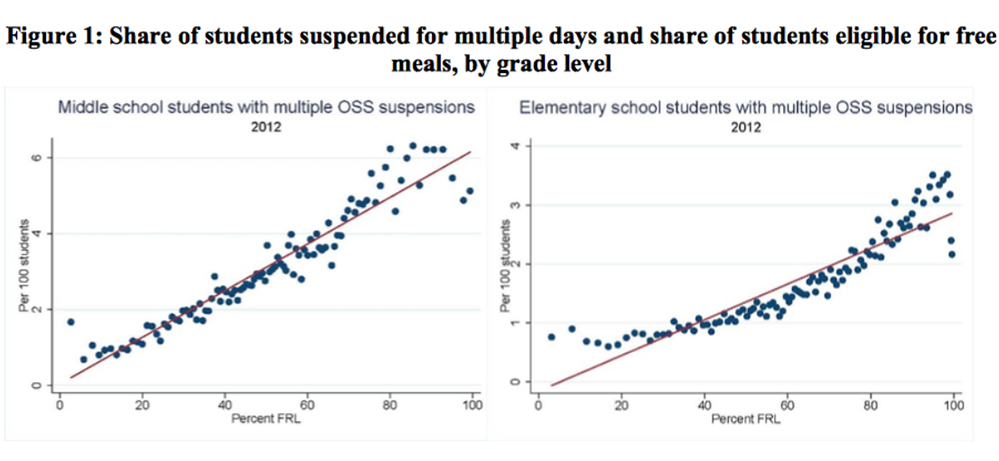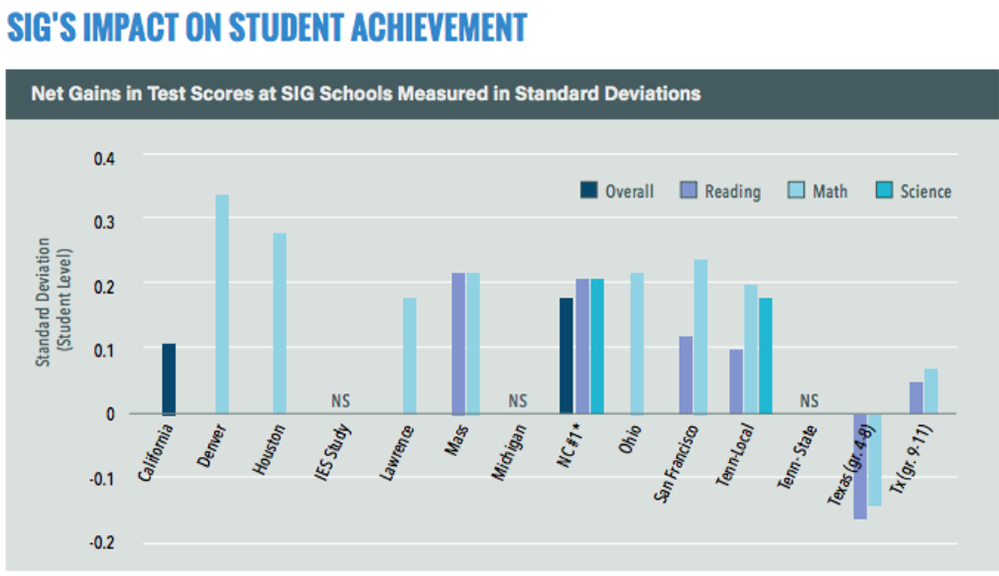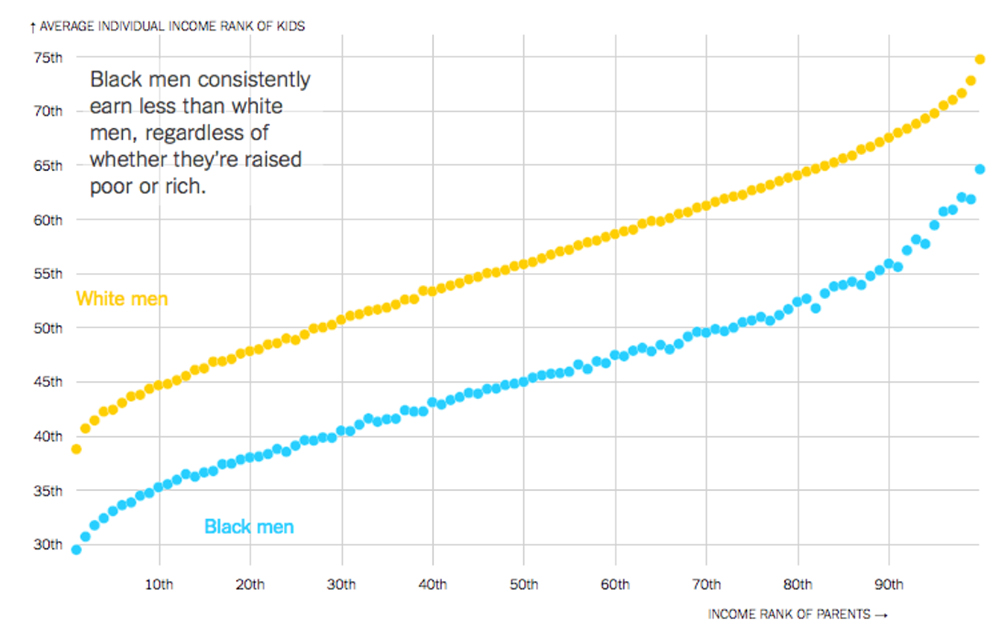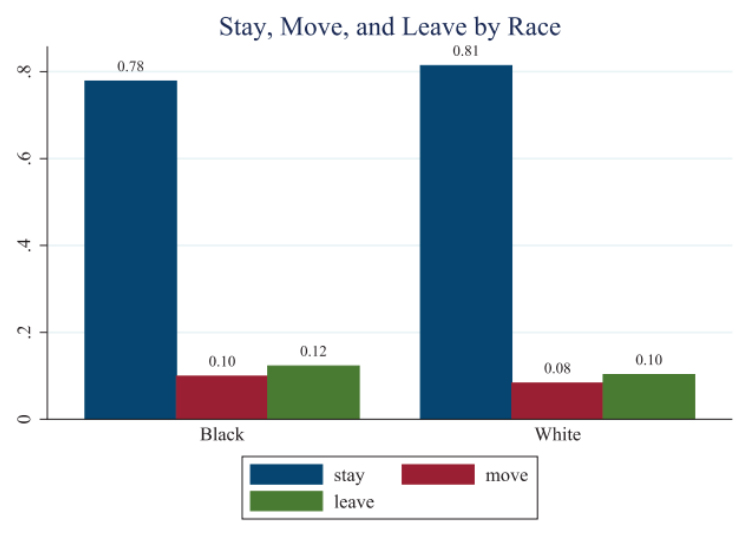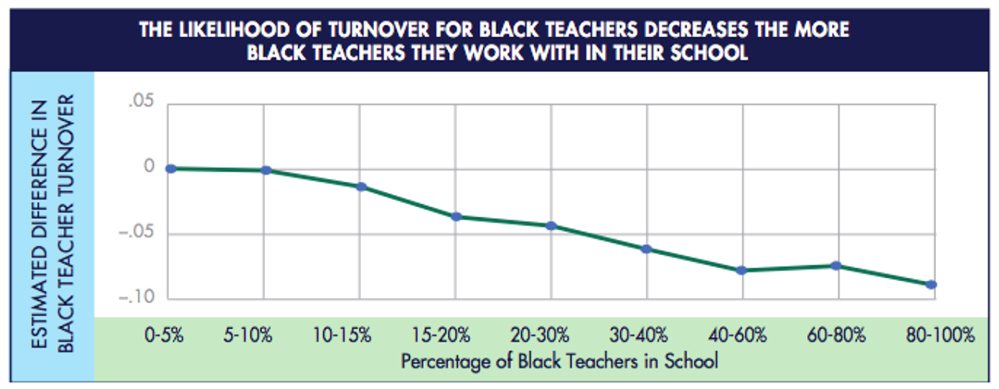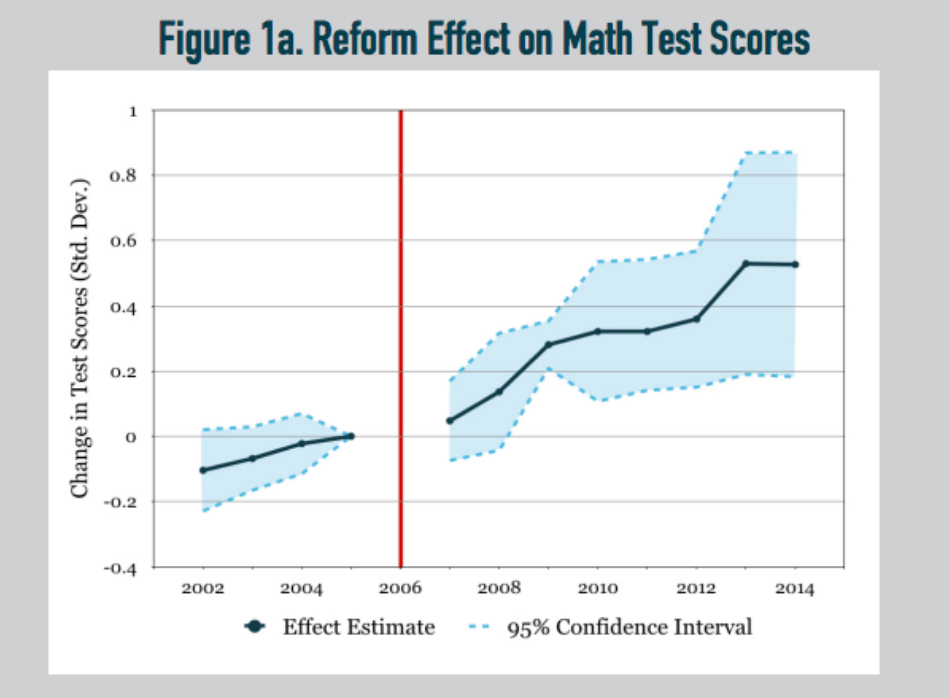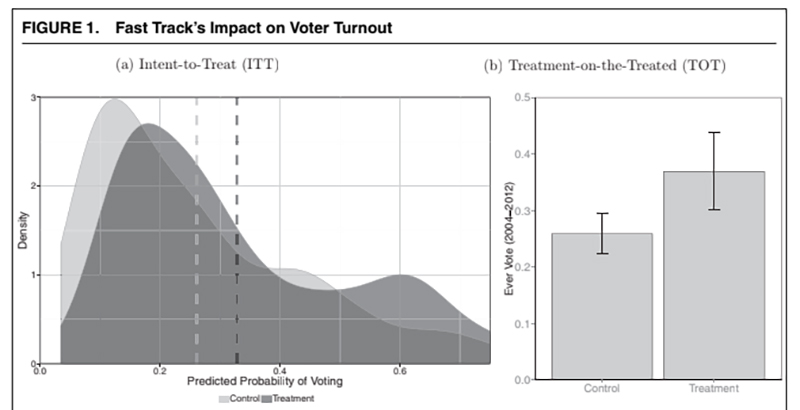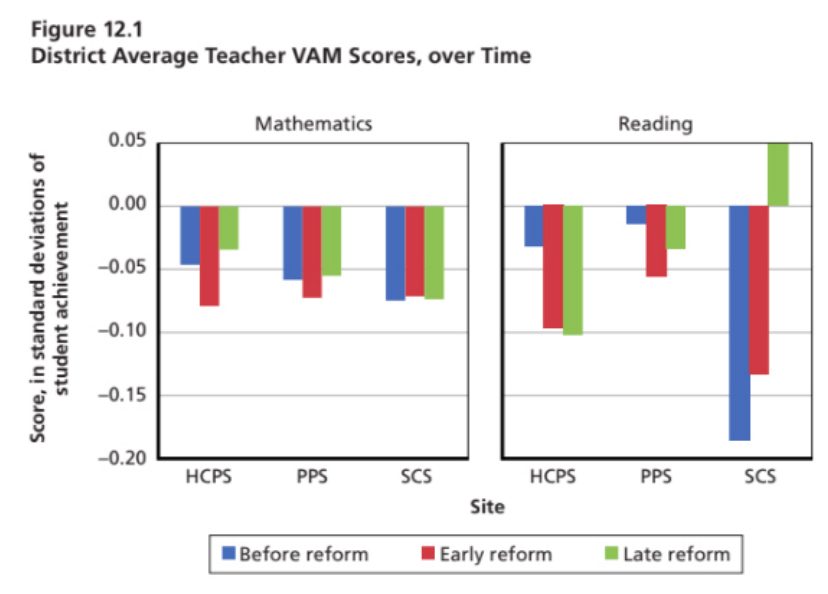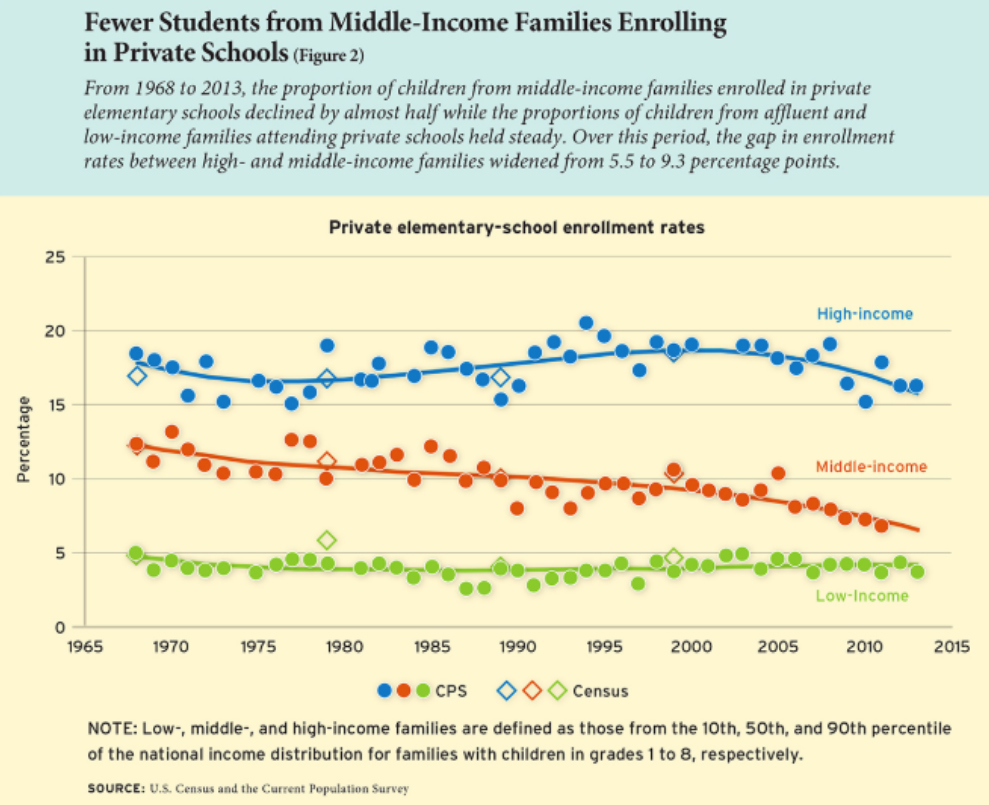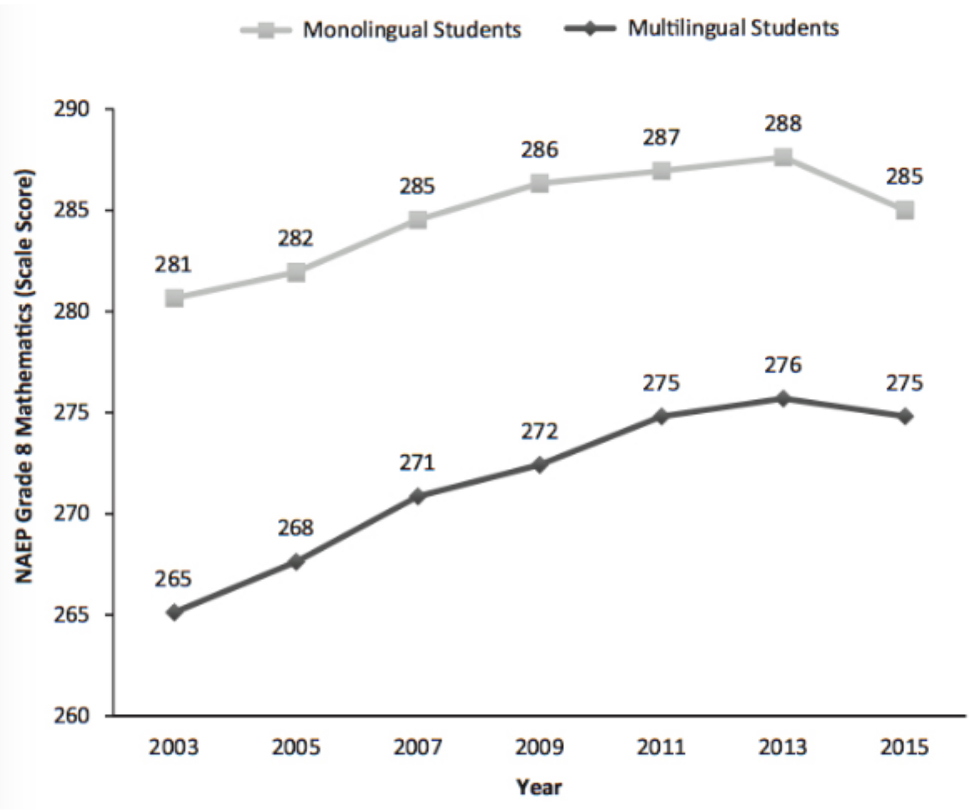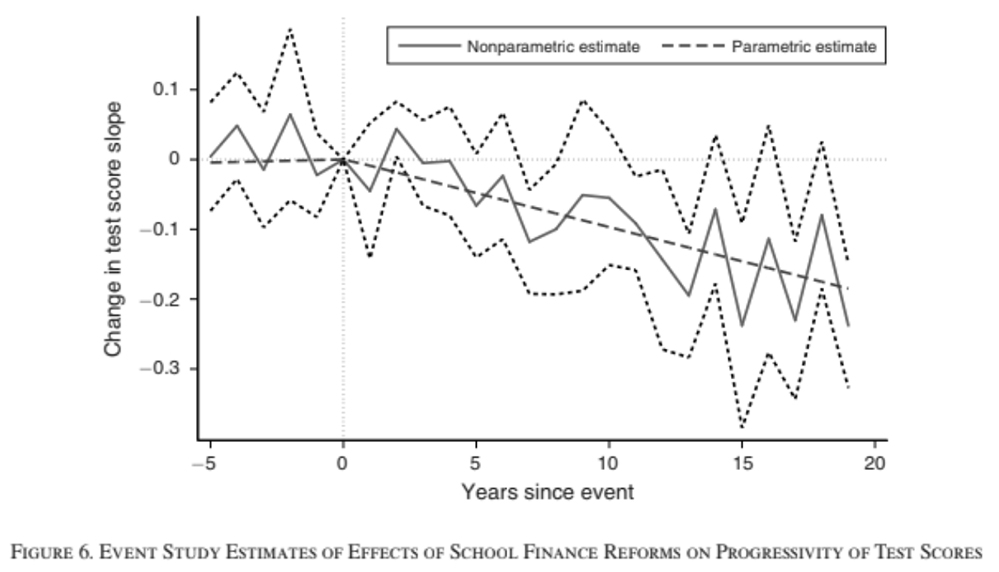11 Charts That Changed the Way We Think About Schools in 2018
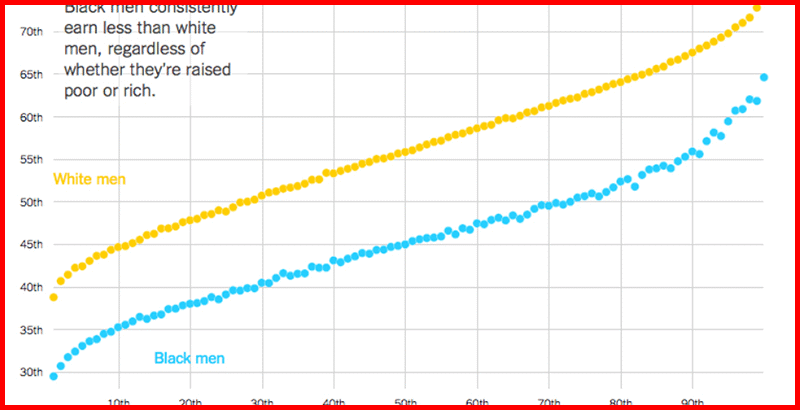
This is the latest article in The 74’s ongoing ‘Big Picture’ series, bringing American education into sharper focus through new research and data. Go Deeper: See our full series.
Education can look static when viewed from 30,000 feet.
Every year, tens of millions of kids enroll in public schools, most moving on to the next level in June. Change comes slowly, if at all. And certain verities — whether held by lawmakers, parents, or teachers — have always held true.
But every year, a few of those treasured assumptions fall. When viewed at a granular level, the story of schools in America is never finished. Journalists and researchers can study what teachers do in classrooms and what happens to their students years later. But our education system is too sprawling to ever pin down entirely, and surprises always lurk beneath the headlines.
Here are 11 discoveries that changed the way we think about education in 2018.
Discipline: Free Meals — for Everyone — Can Reduce Suspensions as Well as Hunger
Free school lunch — the education world’s quick-and-dirty measure for income status — has been under the spotlight in the past few years. Citing student embarrassment at accepting discounted meals, some districts have opted to make all students eligible to eat for free; while sometimes applauding that move, some commentators argue that providing nutritional assistance to all makes eligibility a bad proxy for poverty.
But there may also be an unexpected by-product of offering more free lunch: According to a paper from researchers at Georgetown and the University of California, Berkeley, it could modestly reduce student suspensions. The study examined the effects of the “community eligibility provision,” a section of federal law that allows schools with 40 percent FRL-eligible students to offer free meals to all. Although other research has shown that free lunch can be a boon to academic achievement and other outcomes, this was the first look at its impact on school discipline.
While many schools were already attempting to cut back on harsh discipline practices before the program was rolled out, the authors found that expanding free lunch eligibility slightly reduced the number of kids who were suspended multiple times. The authors attribute the reductions not only to the decrease in hungry kids but also to an improved school climate devoid of a lunchtime stigma.
School Improvement: Obama’s Turnaround Program May Have Worked Better Than We Thought
If there’s one thing we thought we knew about President Obama’s education legacy, it was that his efforts to use billions in federal funds to turn around failing schools — the School Improvement Grant program, or SIG — was a bust. A report from his own Department of Education, released quietly in his last month in office, confirmed as much, claiming that the $7 billion spent on the program didn’t meaningfully raise test scores, graduation rates, or college enrollment. Pouring funds into efforts to fix underperforming schools was just throwing good money after bad, critics alleged.
But maybe not. A paper released this fall by FutureEd, Georgetown University’s education think tank, pointed out several limitations in the Education Department’s gloomy analysis. Authored by two former high-ranking department employees, the release pointed to a dozen local studies that found academic improvements in schools that had taken SIG money. The authors go even further, arguing that the flaws in the original study showed that federal education authorities needed to rethink the way they measure the impact of their policy interventions.
Equity: Black Children May Face an Even Tougher Climb to the Middle Class Than We Thought
It may not be an entirely shocking finding, but economist Raj Chetty’s much-publicized research on race and class mobility provided some sobering insights in 2018. His blockbuster study, extensively excerpted by the New York Times, found that black kids born in poverty have just a 2.5 percent chance of ever reaching America’s top income ranks, compared with 10.6 percent of white kids born in the same circumstances. Even more striking — black kids born to high-earning parents are just as likely to fall into hardship as they are to maintain their own status.
The report’s conclusions also cast into doubt the true benefits of schooling for minority families. Even among children raised in families with comparable levels of educational attainment, blacks still made less money in adulthood than their white counterparts.
Instruction: Millions of Kids, Especially Minorities, Are Wasting Half the School Year On Classwork Meant for Younger Students
High school graduation rates have been soaring for the past decade, topping 90 percent in some states. Parents and lawmakers have cheered, but after a spate of academic scandals, some worry those numbers were artificially inflated.
A report from TNTP suggests that those concerns are justified. Surveying 30,000 middle and high school students over the 2016-17 academic year, researchers found that only 1 in 6 showed full understanding of grade-level material on their assignments. That’s because the average student was spending 500 hours each school year, or roughly six months of class time, on remedial work meant for younger students.
The study, which examined 20,000 student work samples and 1,000 lessons across five districts, points to a glaring contradiction in how we prepare kids for the next steps after high school. While nearly all students say they expect to attend some college program, few have access to truly rigorous coursework that might prepare them for higher education. And minority students, who are more likely to need expensive remedial courses at the college level, are especially harmed by the low expectations.
Retention: Black Teachers Are More Likely to Leave their School, Especially When They Lack Same-Race Co-workers
One of the most consequential findings of recent education research is the striking impact of assigning black students to black teachers. Having a same-race teacher not only boosts black kids’ test scores, it lifts their own expectations of going to college.
But black teachers, particularly black males, are at a premium. And according to a study conducted by University of Washington professor Min Sun, the ones we have are more likely to leave their jobs than white teachers. Between 2004 and 2015, she found, the retention rate for black teachers in North Carolina schools was four percentage points lower than for white teachers.
The reason? Those black teachers were more likely to work in schools with poor leadership and less effective professional development. These hard-to-staff schools often lead employees, white and minority alike, to either transfer or leave the profession entirely. But when they quit their teaching jobs, black teachers were more likely on average than whites to move to another school with high percentages of black students.
And according to a brief from Vanderbilt University, the existing racial composition of a school’s teachers can itself lead to greater staff mobility. Based on the research of education professor Jason A. Grissom, the paper found that black teachers are especially likely to change schools or leave the profession when they aren’t exposed to many same-race colleagues. Black school leaders are also more likely than whites to retain black teachers, Grissom found.
Reform Cities: The Post-Katrina Improvements in New Orleans Keep Going and Going
New Orleans is widely seen as ground zero for major, citywide school reforms today. After Hurricane Katrina in 2005, virtually every district school was converted to a charter, and parents were given much more freedom to enroll their kids wherever they pleased. The results — dramatically higher test scores in math, reading, and social studies, along with improved performance on the ACT — have been trumpeted nationally as proof of the potential of increased school choice and accountability.
But until recently, researchers haven’t been able to identify longer-term effects, such as rates of high school and college completion, mostly because not enough kids had passed through the post-Katrina school system. That changed this year, when Tulane University’s Education Research Alliance posted its latest findings on the strength and durability of the reforms’ effects.
The study found that immediate college entry for New Orleans students is 15 percentage points higher than it was before the storm. College persistence (the rate of students finishing at least two years of college) grew by 7 points, while college graduation is 7 percentage points higher than it was previously. Even more heartening? While all groups have seen better performance, black students and low-income kids have improved the fastest, leading to a diminished achievement gap.
Author Doug Harris said the findings were “surprising because it’s yet another example of how we see it having positive effects on so many different measures … You just don’t see that in other policies and programs and cities.”
Social and Emotional Learning: Grit Makes for Better Citizens, Not Just Better Scholars
“Grit” — the suddenly ubiquitous term for persistence and self-belief, popularized by Angela Duckworth in her best-selling 2016 book — is seen as key to predicting which students will excel in the face of obstacles. But it may help create engaged citizens as well as talented scholars.
A survey by professors at Duke and Brigham Young University found that students who characterized themselves as gritty (i.e., who said they always completed projects they started, or worked to overcome distraction and discouragement) were also more engaged in their schools and communities. Gritty kids were more likely to say they participated in volunteer work, and higher percentages of them said they intended to vote when they were old enough.
The study builds on earlier work by the pair, which found that students specifically selected for interventions to build noncognitive skills like grit were between 7 and 9 percent more likely to vote. In a nation where only about 58 percent of the voting-eligible population turned out in our last presidential election, those kinds of effects are tantalizing.
Teacher Quality: It Takes More Than Money to Change the Way Teachers Are Rated
There are few players in the reform movement who give more money, more widely, than the Bill & Melinda Gates Foundation. But the philanthropy’s investment in changing teacher evaluations, which unfolded over seven years and cost $575 million, was largely ineffective, a study from the RAND Corporation found.
Working with three large school districts and four charter management organizations, the effort was intended to yield innovative teacher rating systems that accounted for both student achievement and classroom observations. But implementation proved difficult, RAND found: Several years in, no more than 2 percent of teachers in any district or CMO were rated unsatisfactory. By the end, teacher performance had not measurably improved.
The results were a discouraging signal that teacher evaluations, which both federal and state authorities have targeted as a means of transforming instruction, may be a heavier lift than anyone expected. That the unflattering report was itself commissioned by Gates says a great deal about the organization’s commitment to transparency. But the final outcome has to be seen as a disappointment.
School Choice: Private Schools Are Polarizing Along Class Lines
Though often considered a haven of the rich, private schools haven’t always operated that way. Particularly in major cities and among concentrated religious populations, they have also been the preferred alternative for working- and middle-class parents unimpressed with local district schools.
But new research from acclaimed scholars Sean Reardon and Richard Murnane shows that might be changing. In an analysis published in the journal Education Next, they found that the population of middle-class kids attending private schools has plummeted over the past half-century. The reason? Catholic schools, which once enrolled huge numbers of urban students, have closed in large numbers. At the same time, non-religious private options have become more popular among the affluent families who can still afford to pay tuition.
Overall, the pair found that attendance at both religious and secular private schools has fallen from 15 percent of the K-8 student population in 1958 to just 9 percent in 2015.
Achievement Gaps: NAEP Scores Aren’t Stagnant for Everybody
The publication of scores from the National Assessment of Educational Progress — known among education cognoscenti as NAEP, or the Nation’s Report Card — has been a sorrowful ritual for some time now, as math and reading growth has largely stagnated since the early days of No Child Left Behind. This year’s release was no different, spawning headlines about a “lost decade” for educational progress among nearly every student group.
But the news isn’t entirely bad. In a paper published by the American Educational Research Association, researchers found one group whose performance has steadily climbed over the past 10 years: multilingual students. Typically either first- or second-generation Americans, kids who speak multiple languages tend to lag behind their solely English-speaking classmates.
Since 2003, however, the gap in NAEP scores between monolingual and multilingual Americans has narrowed significantly, both for fourth- and eighth-graders. In an interview with The 74, co-author Michael Kieffer said that the steady improvement was due to teachers’ increased familiarity with the challenges of teaching material to kids whose first language is not English.
“It’s no longer an exception to the norm to have a student who is in the process of learning English. Now it’s the norm to have many students who are learning English, and that may incentivize and encourage educators to attain new schools and try out new strategies and techniques and do things a little differently.”
School Finance: More Money? Fewer Problems
It’s one of the biggest and longest-running questions in education policy: Does money matter? Can sending increased resources to struggling schools and districts help lift instruction in the classroom — and student outcomes later in life?
For years, experts have been skeptical. But the consensus has begun to change recently, as new studies of school funding interventions have led academics and policymakers alike to take a second look. This year, economists Diane Whitmore Schanzenbach and Jesse Rothstein studied dozens of school finance reforms in an effort to see whether they had moved the needle — and it seems that they have.
The reforms were implemented in 26 states over the past three decades, often triggered by lawsuits in state courts. The extra money was earmarked for low-income districts, which have historically been underfunded compared to nearby areas populated by wealthier families. The researchers found that the money went toward hiring more teachers and reducing class sizes. It also funded capital improvements in districts where school infrastructure had long been neglected. And it didn’t lead to funding cuts from local sources, as some skeptics feared.
Most important of all, the extra money boosted student test performance. All told, the reforms constitute “arguably the most substantial national policy effort aimed at promoting equality of educational opportunity since the turn away from school desegregation in the 1980s,” the authors write.
Go Deeper: You can see our complete ‘Big Picture’ archive here, along with last year’s roundup of the 10 Most Memorable Charts of 2017. Get the latest research news, analysis, and insights delivered straight to your inbox by signing up for The 74 Newsletter
Disclosure: The Bill & Melinda Gates Foundation provides financial support to The 74. The Walton Family Foundation provides financial support to both The 74 and FutureEd.
Get stories like these delivered straight to your inbox. Sign up for The 74 Newsletter

;)
